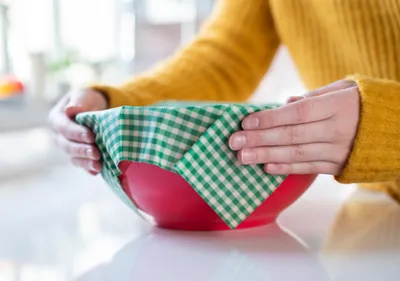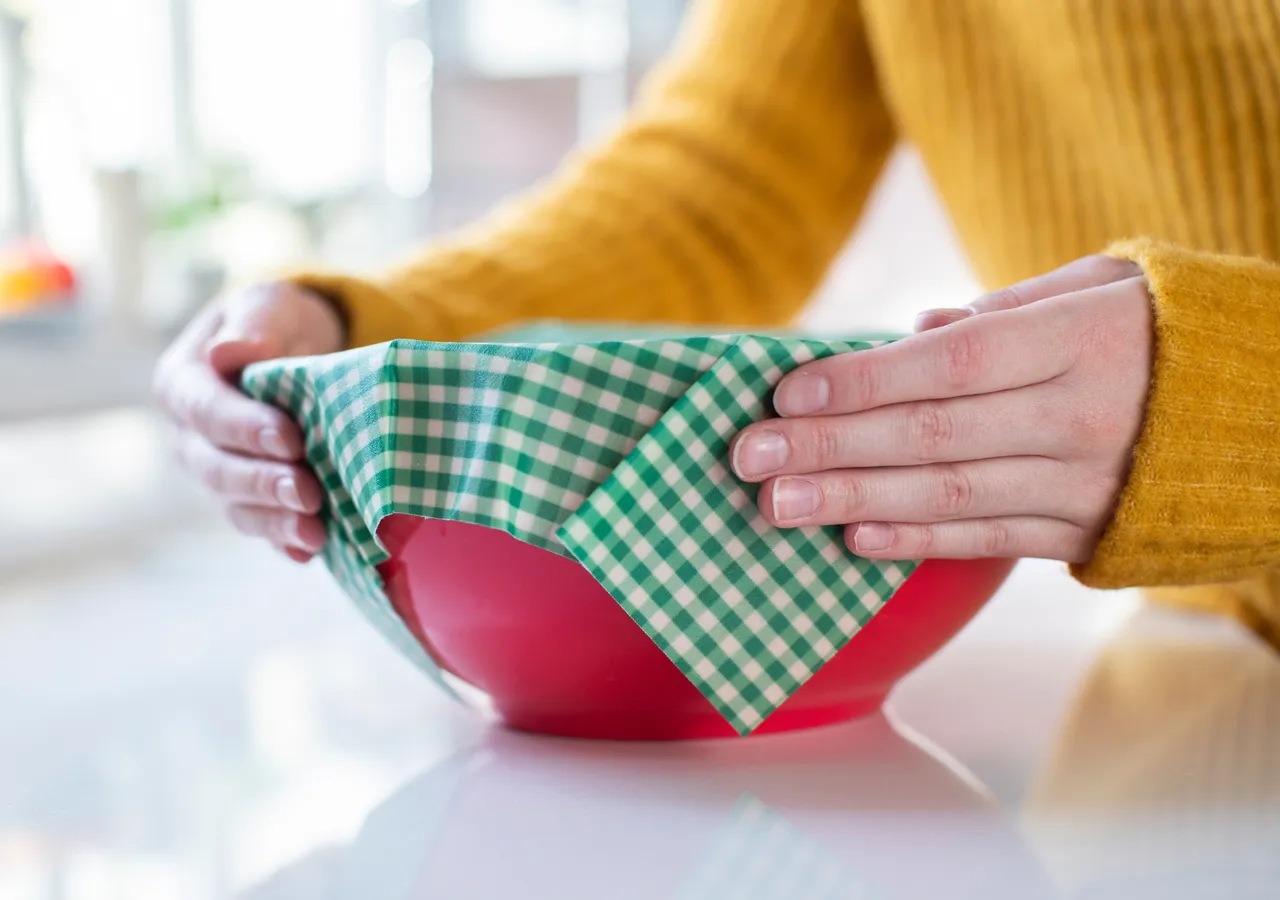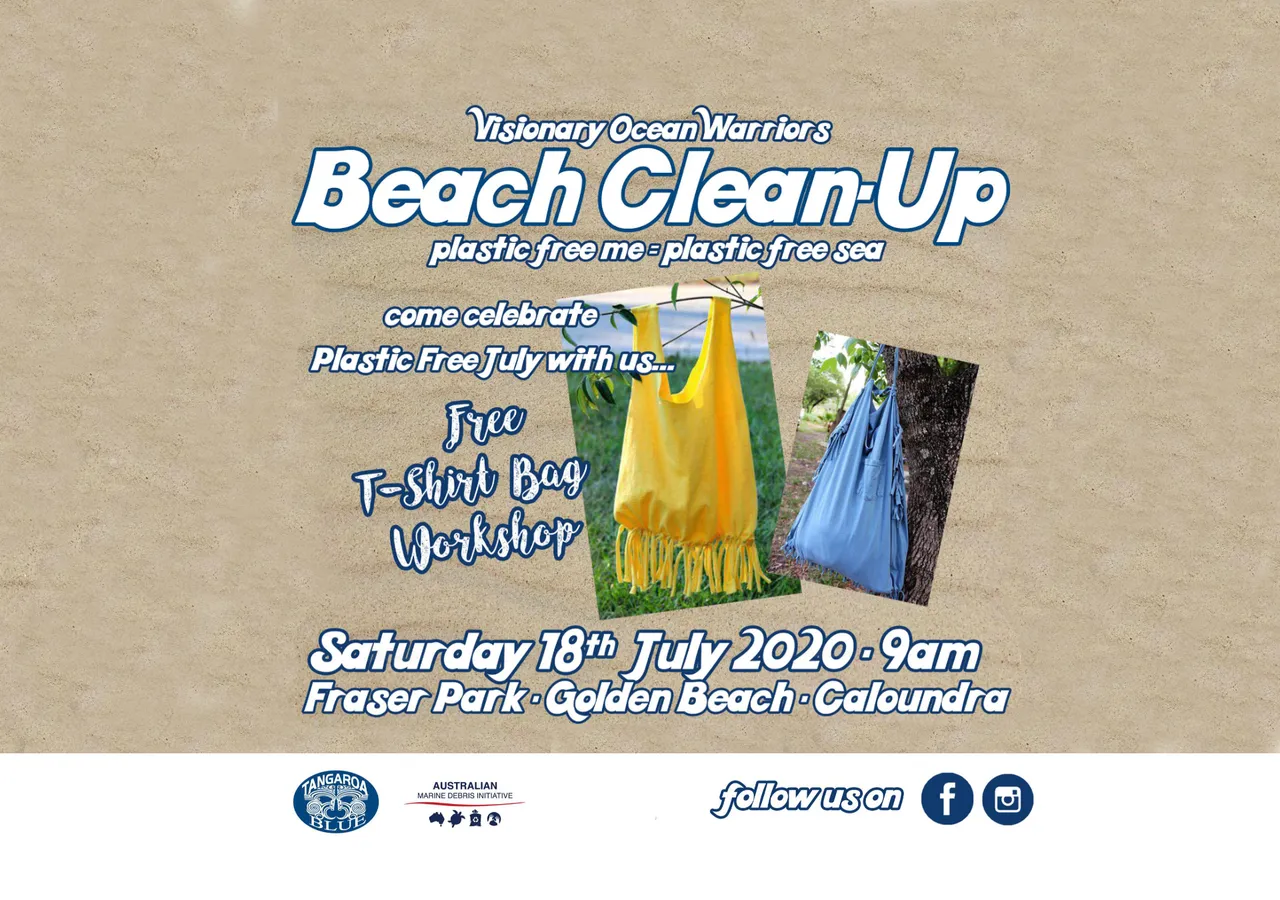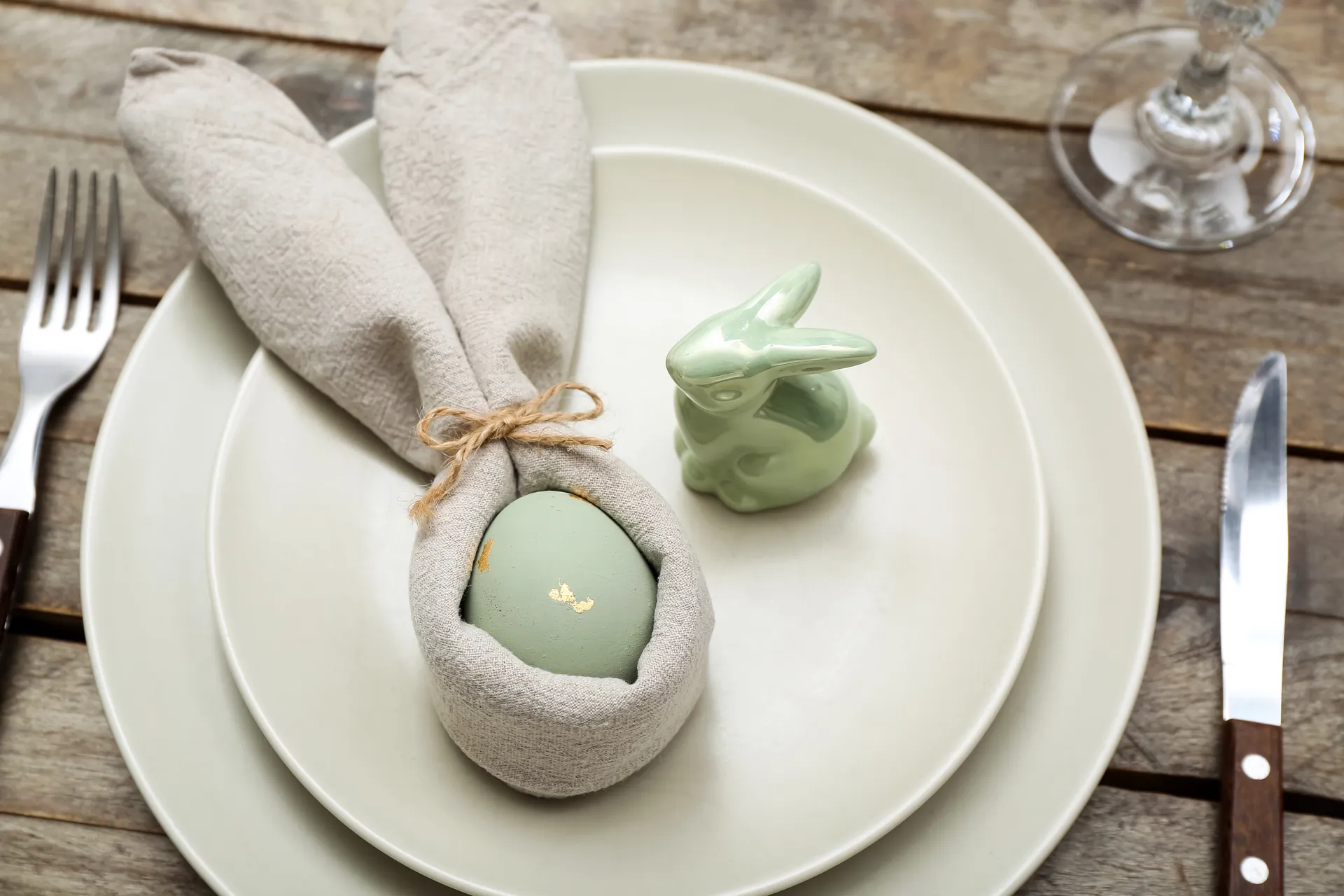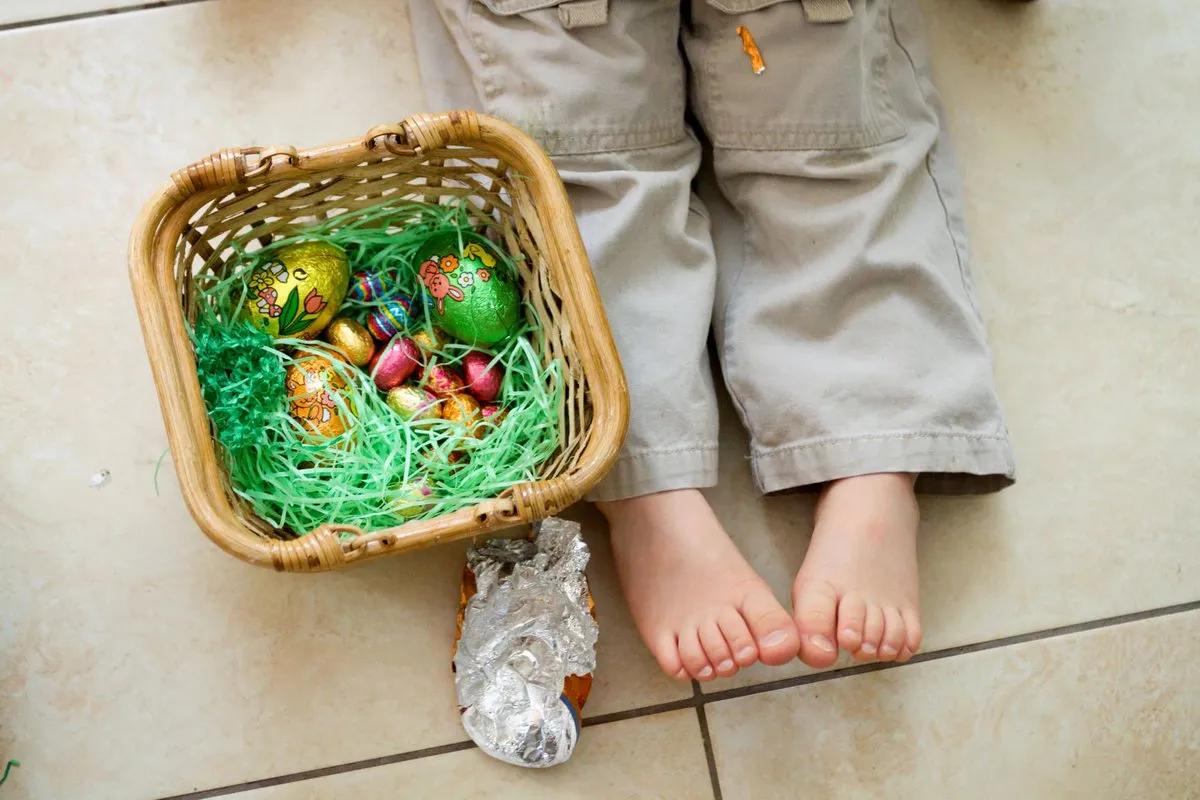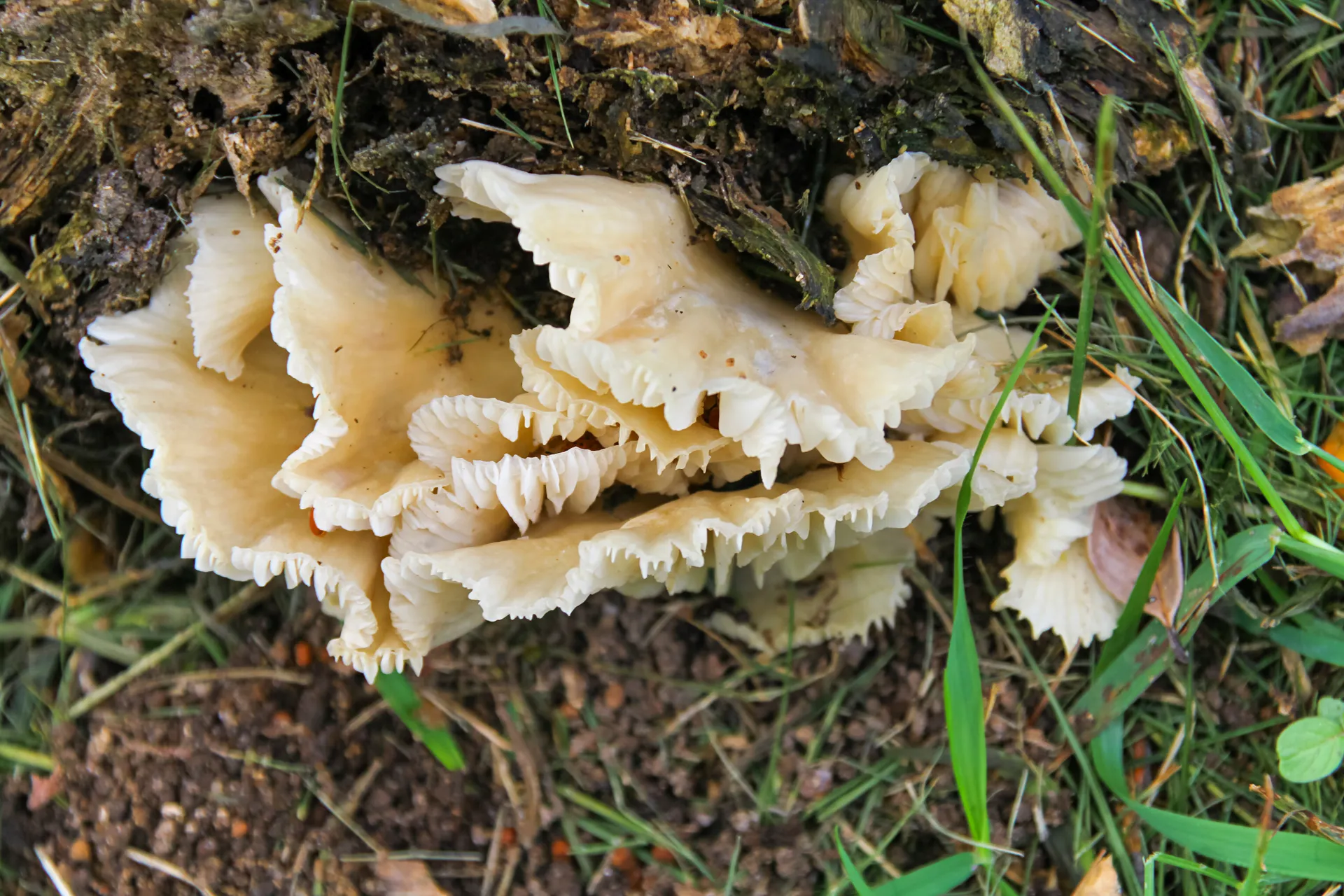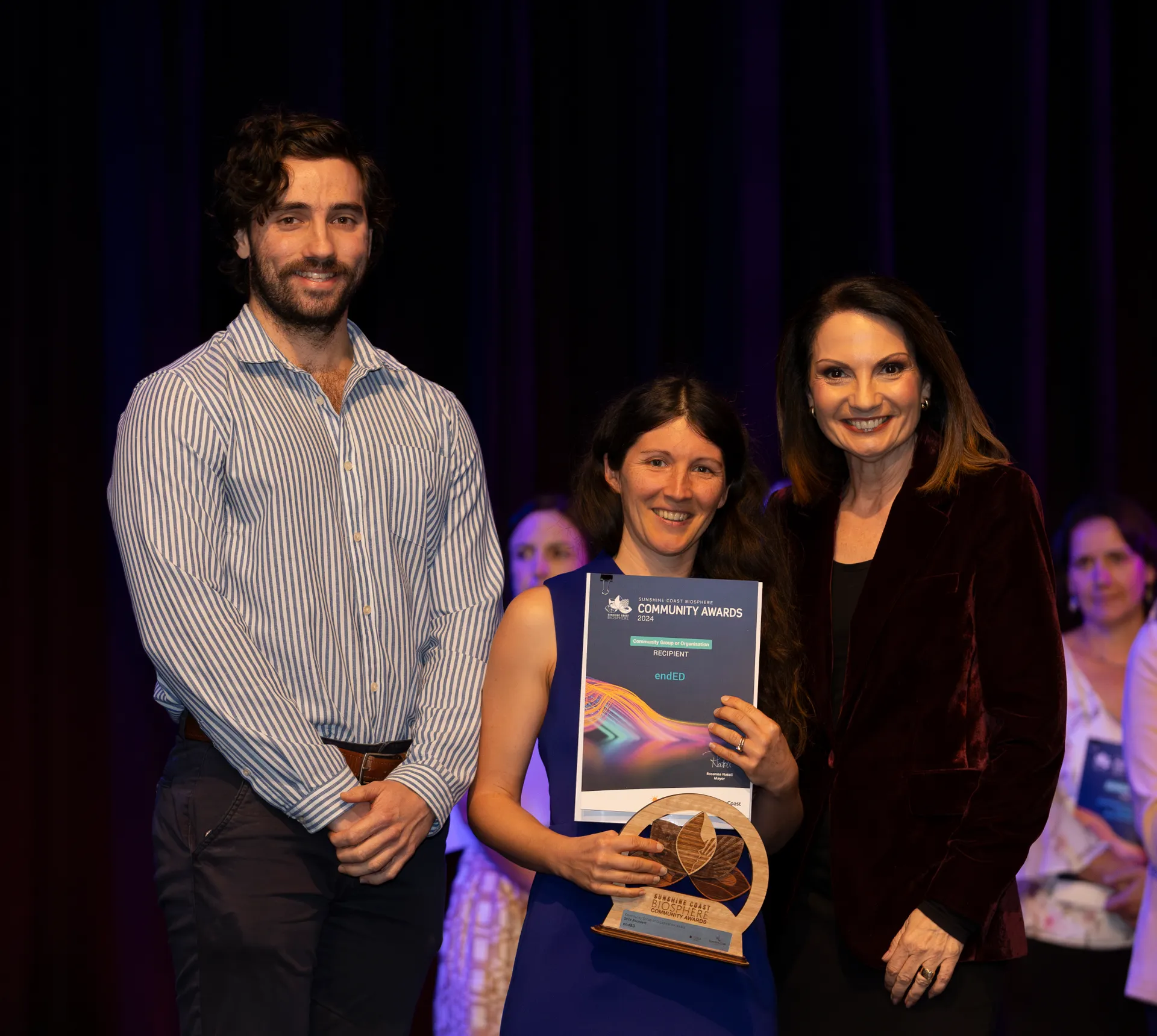Cloth Nappies 101: eco-friendly alternatives to disposables

Here in Australia, we send up to two billion disposable nappies to landfill every year. Each nappy takes up to 500 years to decompose, making them disastrous for our environment.
Dirty nappies are a major contributor to waste dumped in public places. Nappies are also of the top contaminants that are mistakenly plastic in yellow lidded recycling bins here on the Sunshine Coast. (In case you are wondering…no they are NOT recyclable!)
Fortunately, reusable nappies have come a long way and are now a more realistic and practical option for busy parents. While some new parents favour the old school terry towelling types, modern cloth nappies offer the convenience of a disposable nappy but in a washable, reusable version.
In their video workshop, Cloth Nappies 101, Vashti from Nest Nappies and Kelly from Strucket chat all things nappies. They explore the reusable options available so you can choose the right nappy or combination of styles for you and your bub. Check out the video for all the details or read our summary below.
Advantages of cloth nappies
- Eliminate up to 500 disposable nappies per month going to landfill (per baby)
- Large variety to choose from
- Natural, breathable fabrics
- Non-toxic as well as chemical and plastic-free
- Can help to prevent nappy rash
- Different sizes available for various stages of development
Reusable nappy guide
1. Traditional Nappies
Consisting of an absorbent part and waterproof outer, traditional cloth nappies come in a range of different fabrics, with several options for securing.
Old school terry towelling cloth nappies are simple to use, easy to wash and fast drying when compared with some other options. They can also be used for birth through to toilet training. While it can be a little tricky learning to fold them just right for your bub, there are some good tutorials online. Check out the video for a folding demo!
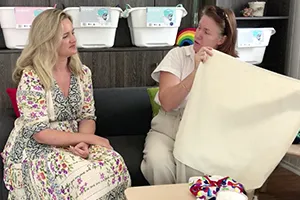
Pre-fold cloth nappies are a little more convenient and remove the need to do nappy origami. A pre-fold is a rectangle of material, with added absorbency in the centre panel. They’re easy to fold and achieve a nice snug fit. The examples Vashti shows in the video are a lovely, soft, stretch bamboo. Can be used from birth to toilet training.

Fitted cloth nappies are convenient, with no folding required as they’re shaped to go on easy, with elastic around the legs and across the back to hold them in place. They break down into two pieces for easy washing and fast drying. Fitted cloth nappies are suitable for micro premi babies and will last until your bub reaches about 8kg (4-6 months). Every layer is absorbent so they must have a cover over the top to provide waterproofing.

2. Modern cloth nappies
These are designed to be more like a disposable nappy with the only difference being that you wash them.
All in ones are the closest nappies you’ll find to disposables, the only difference being they are washable. They have a waterproof outer and are easy to secure (either with Velcro or press studs). Absorbency is stitched into the nappy. A folding tongue helps them dry faster but they do take longer to dry than some other options. Newborn size fits around 2kg to 7kg and lasts up to 4-6 months so you will get a lot of use out of these. Great for outings or when bub needs a quick change.
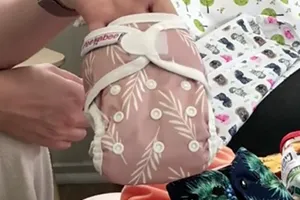
All in twos are the same as all in ones but instead of the absorbency being stitched in, there are two separate pieces - a waterproof shell and absorbent section. These are much faster to try and also versatile. If your baby has only done a wee and not soiled the outer, the reusable absorbent insert can be replaced. All in twos are cost effective because you can have several inserts for each shell.

Pocket nappies come in two parts for faster and easier washing and drying.The removable absorbency section slips into a built-in inner pocket to become an all in one. Both parts should be washed after each use and need to be put back together prior to reusing.

How many cloth nappies do you need?
“Generally, on a newborn you are looking at 10 to 12 changes a day,” says Vashti. “We recommend you have about three days’ worth of nappies. That means you have about 30-36 so you can wash very second day.”
The perfect partner for cloth nappies: Strucket
Designed by mother of three Kelly Lavery, who features in the video, Strucket is a strainer and bucket in one that is perfect for soaking nappies (as well as bibs and other clothing). It also makes an ideal dry pail. For more information on Strucket, check out the video or Living Smart’s story Strucket: the innovative household product that helps you reuse.
Further reading
Do you know a person, business or group in our community who is finding creative ways to reduce their impact on the planet? We would love to hear about it! Please email the living smart team.
